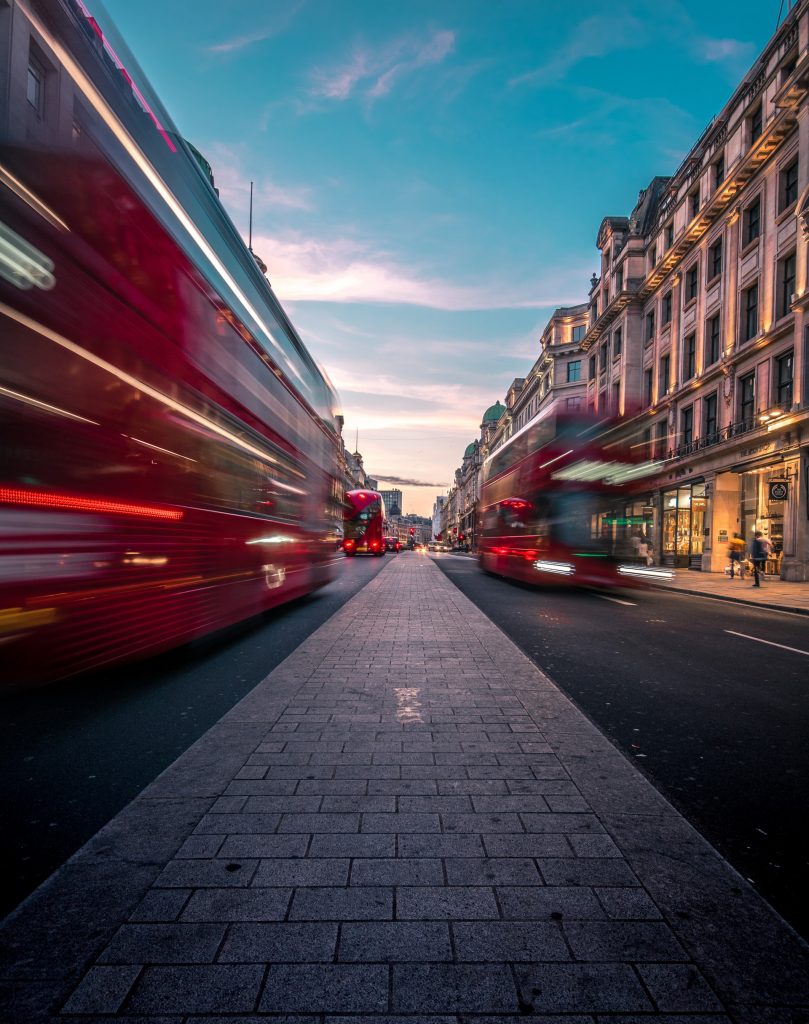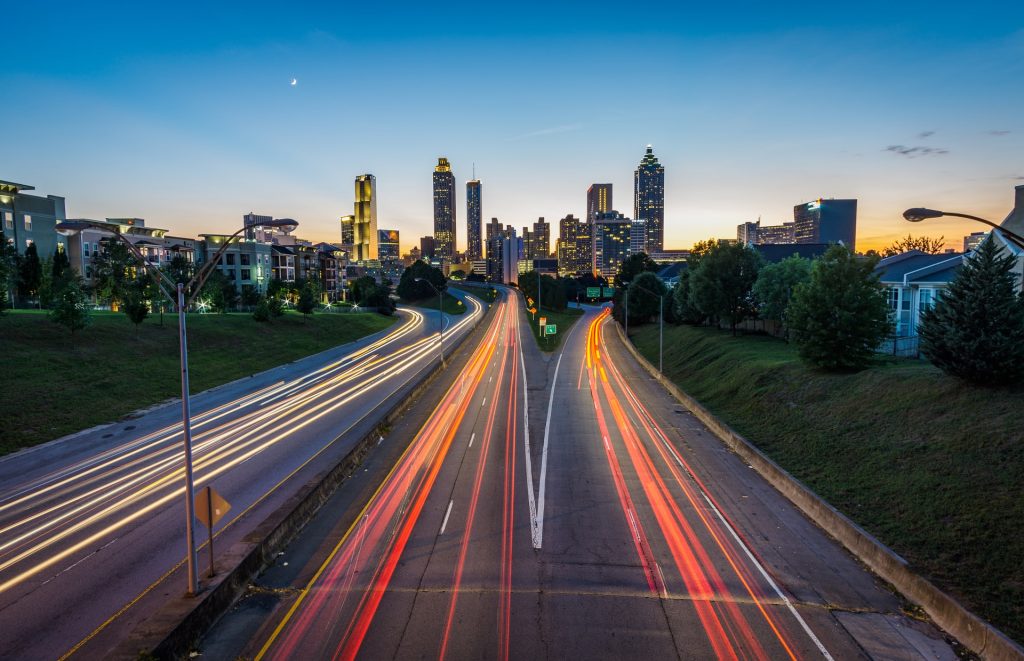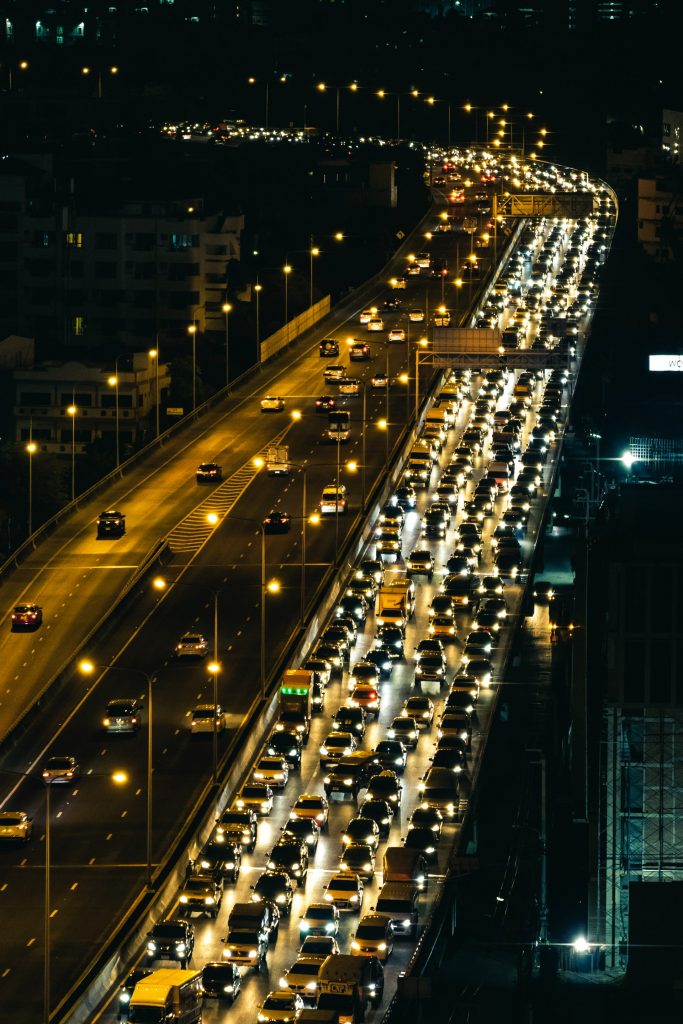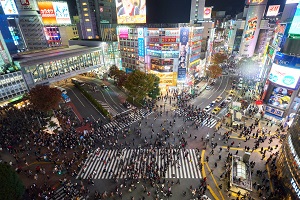Transport is one of the biggest challenges in urban areas. Whether it’s rising air pollution levels, congestion or road accidents, travel has a huge effect on the wellbeing of our citizens in every town and city, says Furqan Alamgir, CEO & founder, Connexin
Many initiatives have been put in place to tackle these issues, such as pedestrian zones or congestion charges in city centres. While these are positive developments and go some way to address these challenges, they alone are not enough. One solution that could play a key role in transforming our transport systems going forward is smart technologies.
Intelligent transport systems are starting to emerge as a way to plan transport infrastructure developments, improve efficiency, tackle air pollution and provide people with better transport information. Smart technologies and Internet of Things (IoT) networks provide valuable, real-time data that has the ability to generate vast swathes of detailed information to help those in charge make informed decisions and tackle the transport challenges faced today.

For example, to tackle air pollution, understanding where citizens’ health is being impacted is vital to planning how transport networks should be designed.
Tools such as air sensors can allow local authorities to access and analyse air pollution levels in real-time, while also providing them with the data to forecast and simulate where and when air pollution levels will rise and fall in certain areas.
Using this information, planners can look to address air quality affecting individuals by creating alternative travel routes to reduce the amount of vehicles going through certain areas at certain times, while also informing citizens where air pollution is or will be high, allowing them to take a different route to avoid these areas, helping them stay safe and alleviate longer term health problems.

These technologies can also address congestion through addressing road maintenance. Issues such as road surface damage caused to vehicles result in increased congestion due to accidents, while authorities may have to pay compensation to drivers for damages, limiting public funds.
Through using smart sensors and CCTV to collect data on the conditions of road surfaces, those that manage these systems can predict where potential issues such as cracks or black ice will occur and address them before they worsen, tackling both congestion and improving safety for drivers.
Finally, intelligent transport systems can also play a key role in the protection of pedestrians. Areas with high footfall, such as city centres or high streets, naturally pose a higher risk of accidents occuring with pedestrians. Again, the data that intelligent transport systems provide can help alleviate the pressure put on transport in these areas. Camera based traffic and vehicle counting can provide planners with the data to understand how citizens are moving across urban areas.

This information can be used to change road plans and infrastructure to create a safer, less congested environment, protecting citizens and traffic flow in the process.
It can also help people keep safe during the ongoing COVID-19 pandemic through identifying potential areas of risk, such as highly congested areas where people are forced to be in close proximity, which can then be dealt with to improve people flow and reduce the risk of the virus spreading.
The common theme and most important aspect in relation to any intelligent transport system is data. Though different departments are collecting different facets of information in these systems, utilising one platform to collate this data can further help us understand how different aspects of transport systems interact with each other through identifying trends and correlations.
Tools such as AI solutions can analyse these pools of data to identify further issues and solutions that may be missed by just looking at an individual data set.

As populations continue to grow and our urban areas become increasingly congested, it’s more important than ever that we tackle the issues in our transport system to keep our roads and the citizens safe. Technology has developed rapidly in recent years, meaning we now have the tools to do this.
Through harnessing intelligent transport systems and the valuable data they provide, cities and towns around the world have an opportunity to create greener, safer and more financially viable transport networks both now and for future generations.
The author is Furqan Alamgir, CEO & Founder, Connexin
Comment on this article below or via Twitter: @IoTNow_OR @jcIoTnow










